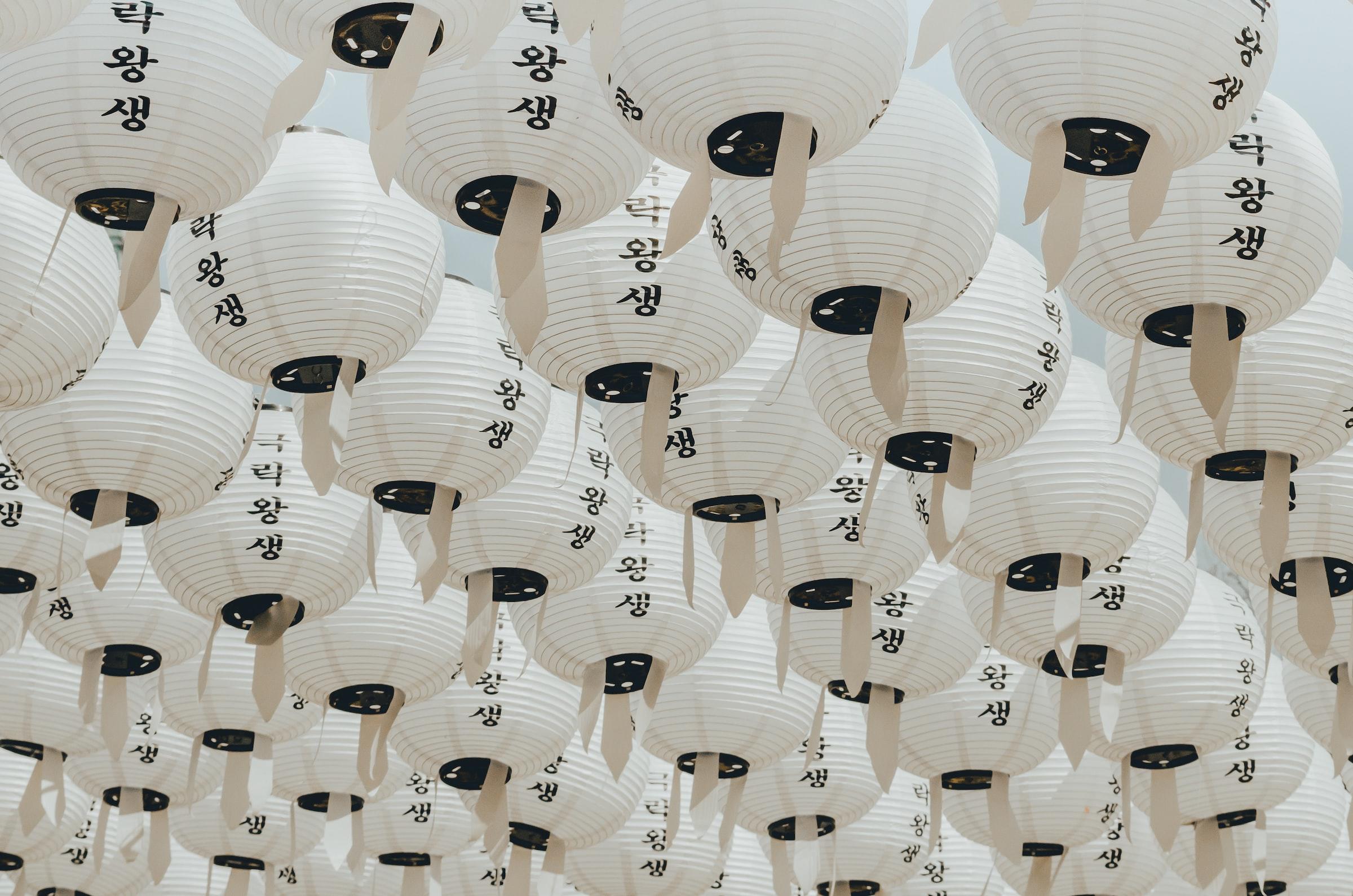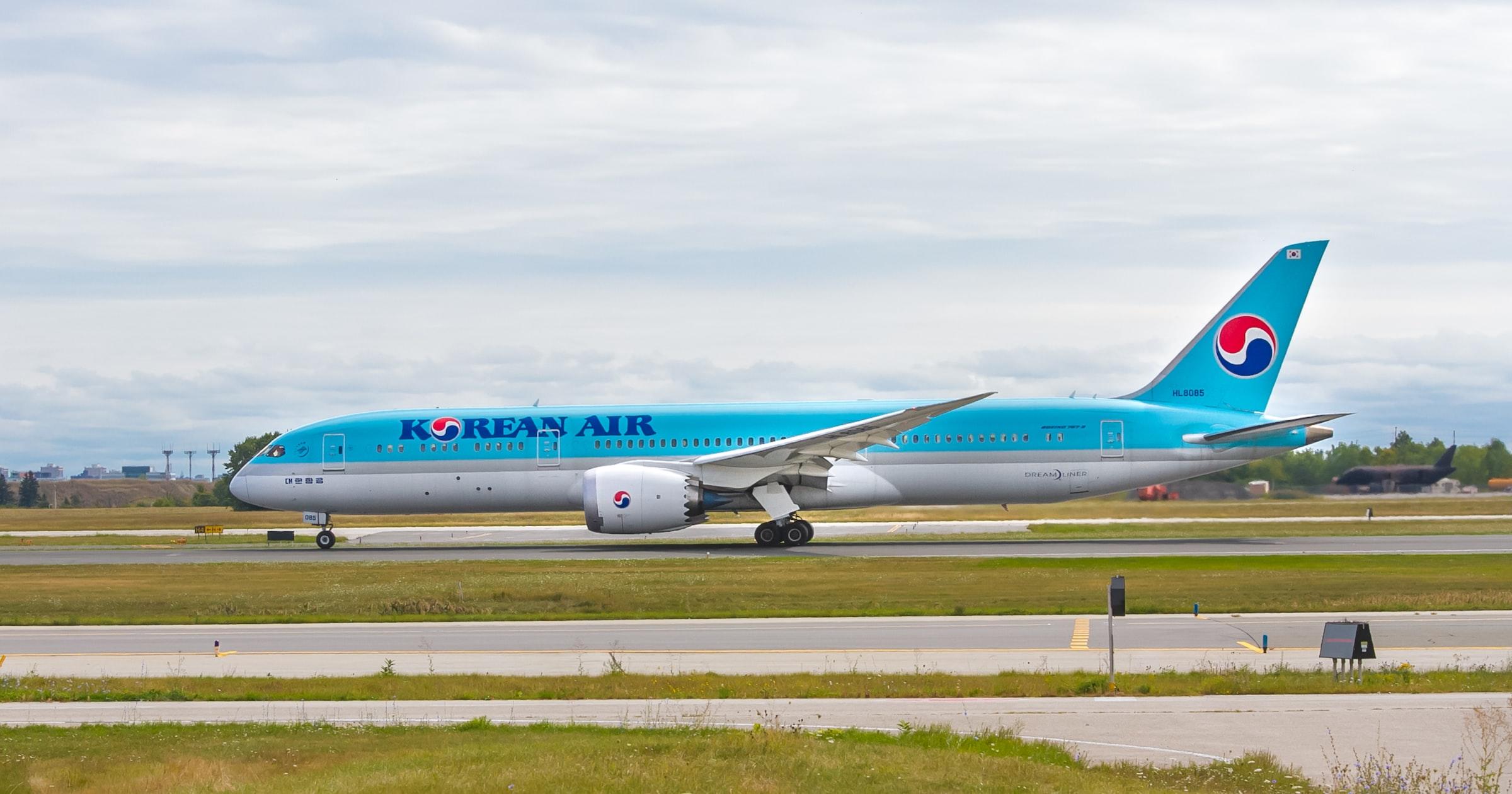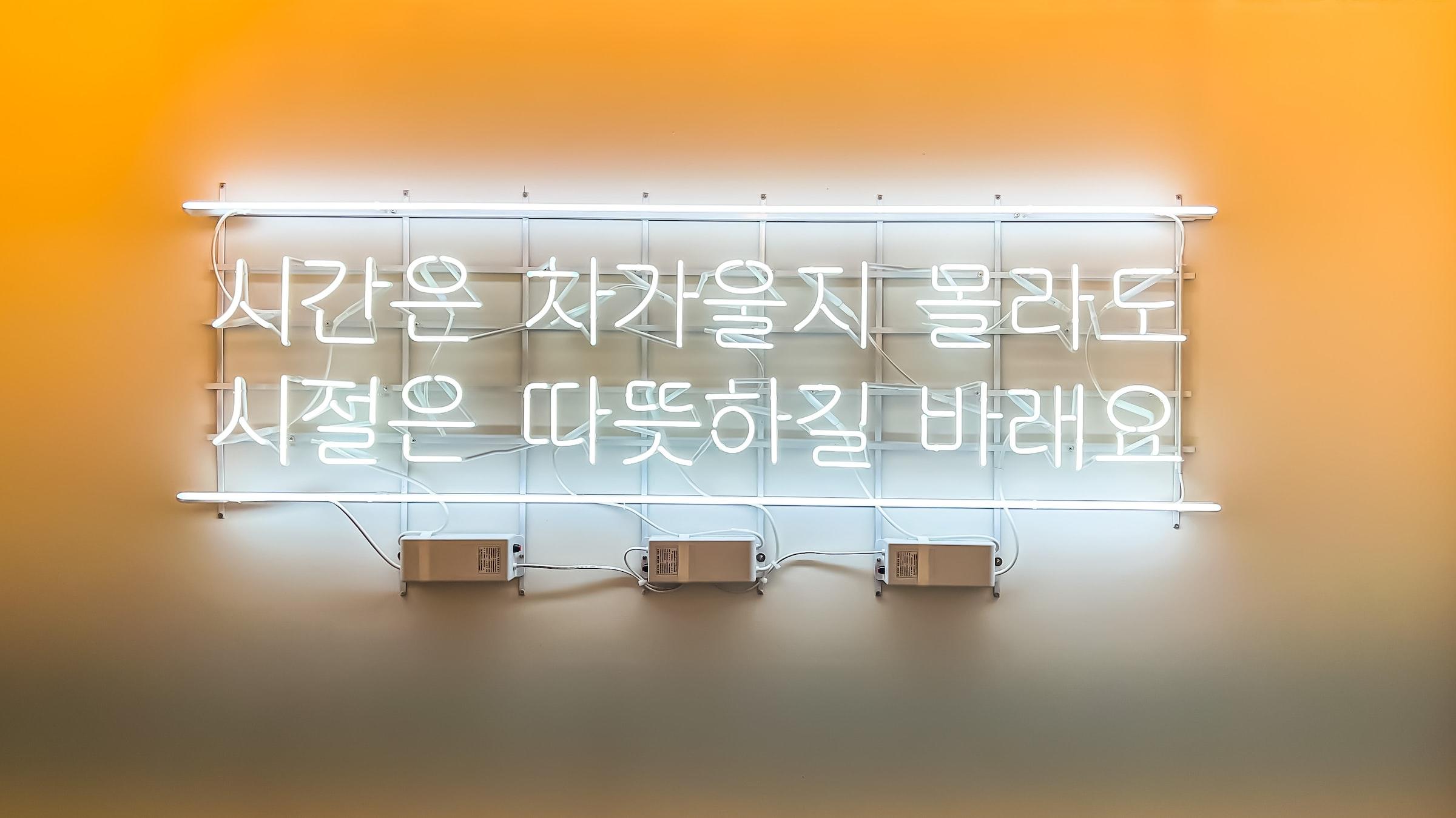"If Korea were a person, it would be diagnosed as a neurotic, with both an inferiority and a superiority complex." -
The Korean language is renowned for its colourful proverbs referring to the country's history and its beautiful characters that individually look like art pieces. Moreover, Korean writing, called "Hangul", is intimately linked to the history of the country itself. Even though China and Japan have influenced their development, the Korean language has still been able to find its originality and place among world languages.
It's worth stating that the Korean alphabet has 40 letters and they are sketched beautifully to create something known as Jamos. Hangul Jamos is inspired by Chinese characters and writing.
Are you intrigued? Do you want to learn more? To discover all the mysteries, but also the origins of this ancestral language, immerse yourself in today's article that you're about to read.

What's the Historical Origin of the Korean Language?

As is the case with the majority of spoken tongues today, Korean has ancestral origins that date back a very long time. Hangul, which is the other name given to the Korean alphabet, is the official linguistic base in South Korea, but also in North Korea.
Hangul consists of 40 signs or characters that are known as Jamos. As for the alphabet, it's a result of the complex and fascinating history of the country, which has undergone many neighbouring influences. How's that? Well, its origin dates back to 1446, when the alphabet was first ordained in a work titled "Hunmin Jeongeum", sometimes spelt "Hunminjeongeum", by the King at the time, Sejong the Great.
The alphabet has evolved over the centuries since its creation by King Sejong the Great. In particular, it has gone through the phases of evolution, prohibition and rehabilitation. Today, Hangeul is the official alphabet of Korea.
What are the alphabetical discrepancies between South Korea and North Korea? While the same alphabet is recognized and used in South and North Korea, North Korea calls the latter "Joseongeul" and not "hangeul", due to differences in organization and reading.
It's worth stating that the Korean Hangul has gone through three significant phases since its inception in the 1400s. For example, among the phases experienced by the Korean alphabet, we find a phase of expansion, prohibition and rehabilitation. Let's take a look at the three phases in further detail below:
- Creation and Expansion Phase: in the 15th century, with the areas known as modern-day Korea being faced with the illiteracy of the population, King Sejong the Great surrounded by scholars of the Confucian tradition, decided to write and promulgate the Hunmin Jeogeum on October 9, 1446, which aims to theorize Korean writing based on hanja, the classical Chinese system.
- Prohibition Phase: from 1504 to the beginning of the 19th century, Hangul was banned on Korean territory, due to a decision by the king at the time, Yeongsangun, who ridiculed this new way of speaking. The prohibition persisted for three centuries without anything being done to restore it officially or administratively.
- Rehabilitation Phase: this changed in the 19th century, from 1894 when the Japanese administration imposed the abolition of traditional Chinese in administrative documents. As early as 1912, Hangeul was first used, and although Hanja still exists, Hangeul has become the official alphabet for Korean writing.
But, what is the meaning of Hangul한글? While it can be interpreted as "the grand script or language" in Korean, hanja, (諺文) also means "script or language of proverbs".
Compared to its Chinese and Tibetan influences at the time of its creation, and Japanese, Korean is rather very easy to learn because its representatives wanted to take the opposite view of these other, more complex, neighbouring tongues. However, mastering a few basics remains essential to understanding the origins of the Korean language.
What are the Basics of the Korean Alphabet?

To understand Hangul and its importance today, you need to know the basics in terms of structure and syntactic construction. We must first distinguish three main phases of development concerning the Korean alphabet:
- 1446 - A Period of Oration: Korean exists, but only orally. It attempts to face the challenges of illiteracy head-on and go against the dominant language, Chinese.
- 15th to 19th century - A Period of Theorisation: despite the period of prohibition, Korean was formed during these centuries under the impetus of the reference work of 1446, particularly at the level of pronunciation.
- 20th century onward - The Period of Popularisation and Affirmation: over the last century, this period has made it possible to consolidate the bases and to organize the alphabet as it exists today, with its 40 characters.
During these periods, it is not only new letters that are added or modified but also sentence structures that are reinvented. For example, the addition of letters during the period of popularization was done by the traditional and ancestral rules in North Korea; however, on the other hand, they were mixed in South Korea. These distinctions also make it possible to understand the history of the language.
Hot tip: The Korean alphabet does not mix consonants and vowels. The alphabetical order is made according to consonants, then vowels after each consonant.
To comprehend Korean Hangul and better understand how to express oneself, it is important to master the few differences between consonants and vowels. We note in particular the following categories:
- 11 Consonant Clusters (복합자음/複子音),
- 14 Basic Consonants (자음/子音),
- 5 Double Consonants (쌍자음/雙子音),
- 10 Basic Vowels (모음/母音),
- 11 Compound Vowels (복합모음/雙母音).
The Korean alphabet has the particularity of having the letters grouped into syllables. Therefore, Korean is a very colourful and easy-to-learn language.
What are the Significant Developments in the Korean Language?

The Korean language now exists in its own right, and even if some generations are still influenced by hanja, it is gradually taking its place in South and North Korean culture. How's that? Well, since 1995, for example, the Korean media no longer use traditional Chinese in their writings, but only in the national language. Also, when travelling through Korea, you'll find that all the signs are inscribed with Hangul characters.
It's important to state that Hangul has had a changing history and it is not hard to understand why the alphabet has changed so much over the centuries. For instance, the evolution of the Korean Hangul is largely due to the many points the reference works and major stages that participated in the development of the Korean alphabet.
The following are five significant developments that occurred:
- Hunmin Jeongeum - 1446: it is the theorisation work of the Korean Hangul, which included 28 letters at the time,
- Choe Sejin - 1527: a reorganization of the signs is proposed for clarity by this national linguist with only 26 letters,
- Hong Gyehui - 1751: the Korean Hangul alphabet is reduced to 25 letters for practicality and because it is not commonly used,
- The National Writing Research Institute - 1907: the rehabilitation of Korean Hangul generates studies. Also, a reorganization of characters is proposed by the institute,
- Hangeul Matchumbeop - 1933: the Korean alphabet of 40 letters is used with the orthographic model proposed by the association.
Since the Korean Hangul went through so many significant changes, it's for good reason that the Korean alphabet is now celebrated as a national holiday. It takes place on October 9 in South Korea and on January 15 in North Korea.
How Can I Master the Korean Alphabet Today?
Now that you've learned more about the Korean language and everything it has to offer, you might be wanting to hear some tips that can greatly help you with the learning process.
Firstly, to learn the Korean alphabet, all you need to do is have a little patience and let yourself be carried away. Some testify to the ease of learning it, unlike Chinese or Japanese, whose thousands of signs to learn are very complicated.
Secondly, rely on the wealth of information available online. There are plenty of Korean videos and tutorials on YouTube that will greatly help you to learn Korean, whatever your experience or learning style. Also, there are brilliant podcasts available that help learners listen to Korean vocabulary while on the go.
Thirdly, there's nothing like immersing yourself in Korean culture, whether through a trip or private lessons with a native teacher. Immersion is still, and will always be, the best way to approach the alphabet from the angle of history and culture.
In conclusion, Korean is a magnificent language to learn, and as is said in Korean, best of wishes with your learning process: 당신의 학습에 행운을 빕니다!















